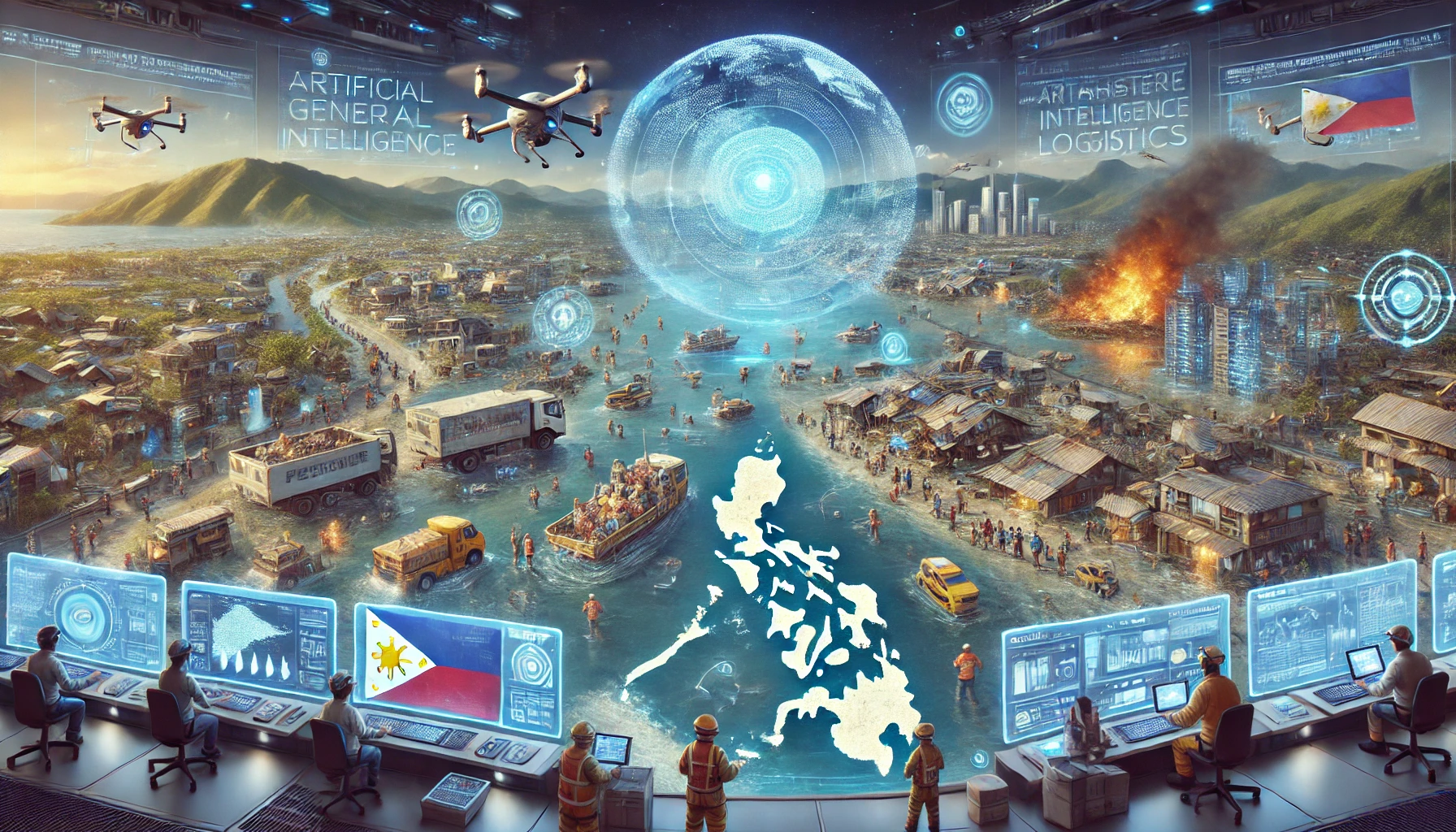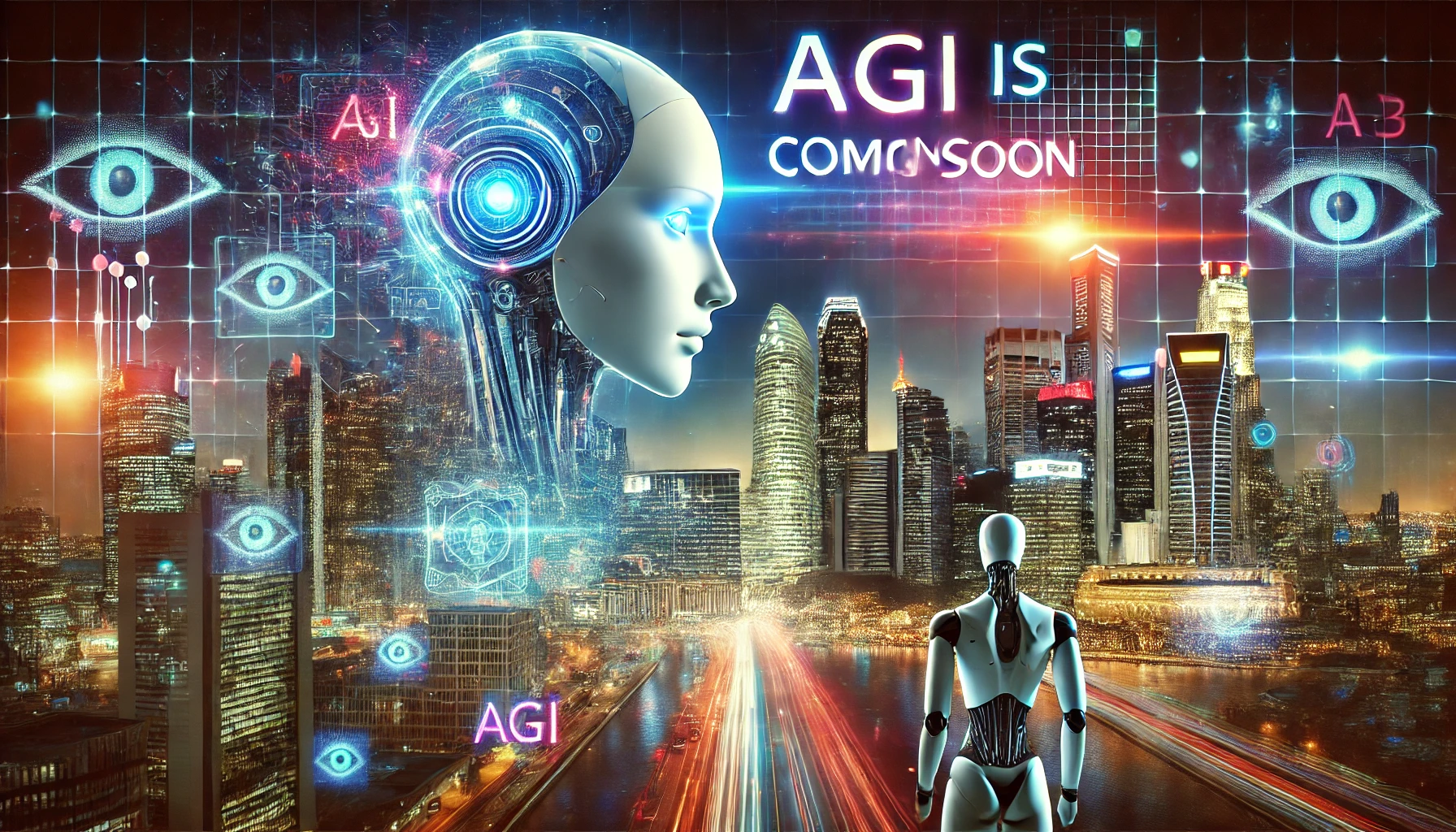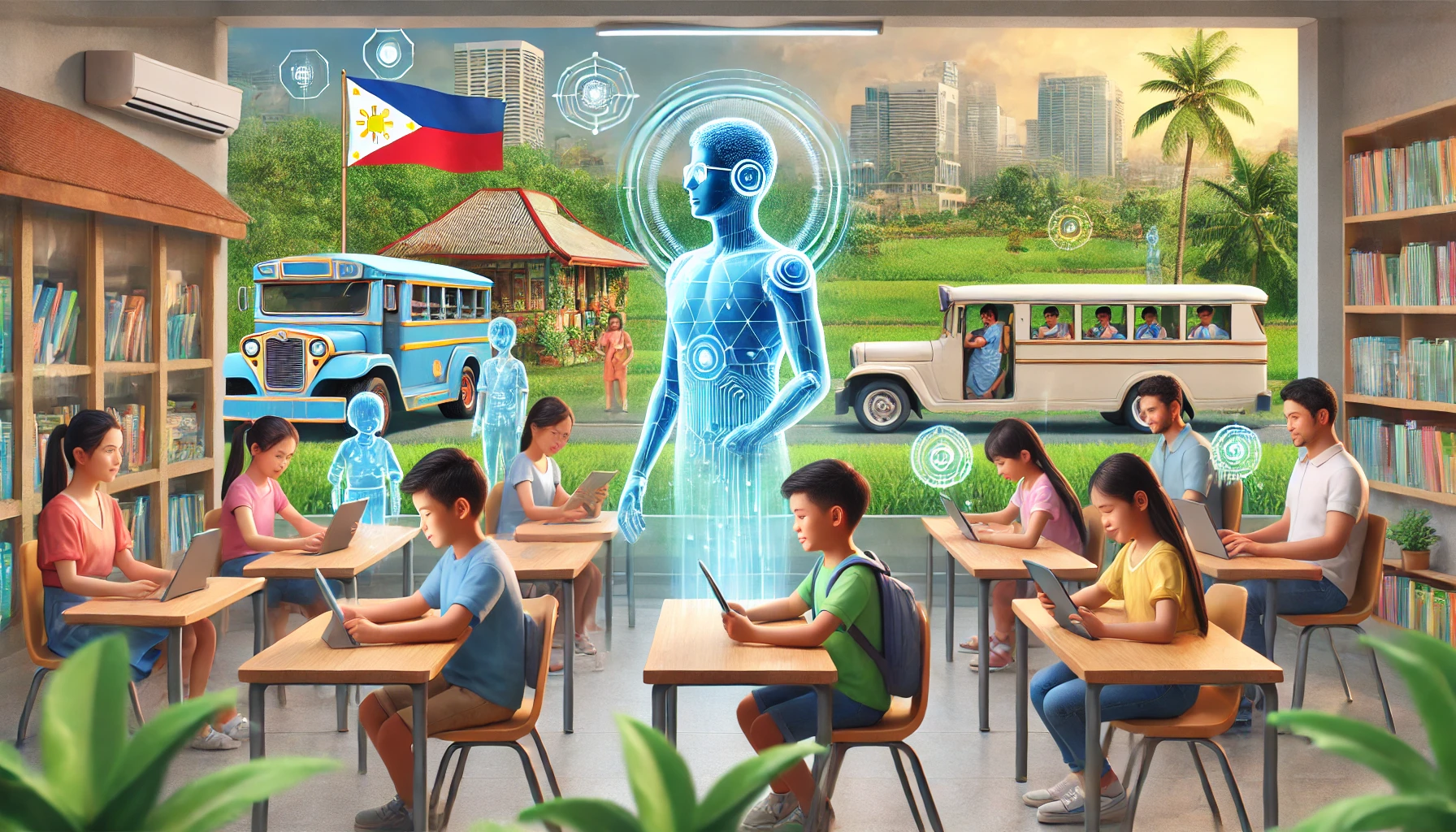The Philippines, being highly vulnerable to natural disasters such as typhoons, earthquakes, and volcanic eruptions, requires an efficient and resilient disaster relief system. Artificial Intelligence (AI) can play a transformative role in addressing logistical challenges and ensuring swift, targeted responses to save lives and rebuild communities. Here’s how AI can revolutionize disaster relief logistics in the Philippines:
1. Improved Disaster Prediction and Early Warning
AI-powered predictive models can analyze weather patterns, seismic activity, and historical disaster data to provide accurate forecasts. By integrating satellite data and machine learning algorithms, AI can predict the onset and potential impact zones of typhoons or earthquakes. This allows government agencies and NGOs to prepare resources and personnel in advance, reducing response times and mitigating risks.
2. Optimized Supply Chain Management
AI-driven supply chain tools can help manage the distribution of relief goods, ensuring that essential items like food, water, and medicine are delivered to the most affected areas first. By analyzing real-time data on road conditions, weather updates, and inventory levels, AI can identify the most efficient delivery routes and minimize wastage.
3. Real-Time Damage Assessment
After a disaster, assessing damage quickly is crucial for effective response. AI-powered drones equipped with computer vision can survey affected areas and provide real-time data on infrastructure damage and population displacement. These insights enable decision-makers to prioritize rescue and relief operations where they are needed most.
4. Resource Allocation and Coordination
AI can analyze data from multiple sources, such as social media, sensors, and field reports, to map the scale of the disaster and identify the needs of affected communities. This helps allocate resources more effectively, reducing redundancy and ensuring equitable distribution of aid.
5. Crowdsourcing and Volunteer Mobilization
AI platforms can match volunteers with specific tasks based on their skills and proximity to affected areas. For instance, apps powered by AI can coordinate efforts between government agencies, NGOs, and private organizations to avoid overlapping efforts and maximize impact.
6. Predictive Analytics for Recovery Planning
Post-disaster recovery often involves rebuilding infrastructure and restoring livelihoods. AI can analyze historical data and current trends to predict long-term recovery needs, enabling policymakers to allocate budgets and resources effectively.
7. Enhanced Communication Networks
AI-powered chatbots and mobile applications can provide real-time updates to affected populations, ensuring they receive critical information such as evacuation routes, shelter locations, and safety tips. These systems can also gather feedback from residents to improve relief efforts.
8. Disaster Simulation and Training
AI can simulate disaster scenarios, helping governments and organizations prepare better through training exercises. These simulations can identify gaps in current logistics and suggest improvements to minimize future risks.
Conclusion
Integrating AI into disaster relief logistics in the Philippines can save lives, reduce economic losses, and improve the resilience of communities. However, successful implementation requires collaboration between government agencies, private sectors, and international organizations. Investing in AI-driven disaster management systems today will prepare the Philippines for the challenges of tomorrow, ensuring a safer future for its people.
Let’s harness the power of AI to make a difference in disaster response and recovery.
[SEO optimized]


